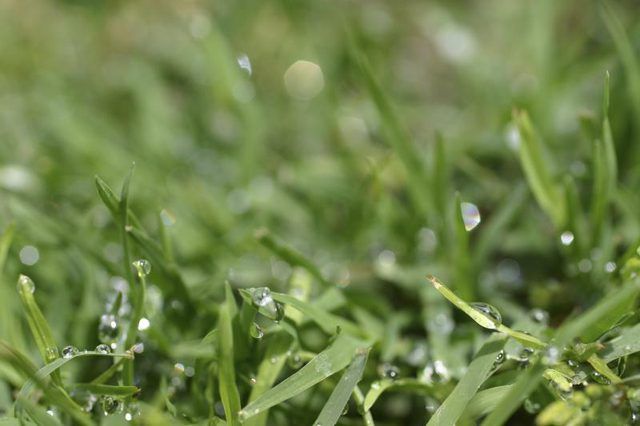Bulbs
Flower Basics
Flower Beds & Specialty Gardens
Flower Garden
Garden Furniture
Garden Gnomes
Garden Seeds
Garden Sheds
Garden Statues
Garden Tools & Supplies
Gardening Basics
Green & Organic
Groundcovers & Vines
Growing Annuals
Growing Basil
Growing Beans
Growing Berries
Growing Blueberries
Growing Cactus
Growing Corn
Growing Cotton
Growing Edibles
Growing Flowers
Growing Garlic
Growing Grapes
Growing Grass
Growing Herbs
Growing Jasmine
Growing Mint
Growing Mushrooms
Orchids
Growing Peanuts
Growing Perennials
Growing Plants
Growing Rosemary
Growing Roses
Growing Strawberries
Growing Sunflowers
Growing Thyme
Growing Tomatoes
Growing Tulips
Growing Vegetables
Herb Basics
Herb Garden
Indoor Growing
Landscaping Basics
Landscaping Patios
Landscaping Plants
Landscaping Shrubs
Landscaping Trees
Landscaping Walks & Pathways
Lawn Basics
Lawn Maintenance
Lawn Mowers
Lawn Ornaments
Lawn Planting
Lawn Tools
Outdoor Growing
Overall Landscape Planning
Pests, Weeds & Problems
Plant Basics
Rock Garden
Rose Garden
Shrubs
Soil
Specialty Gardens
Trees
Vegetable Garden
Yard Maintenance
Kentucky Bluegrass Vs. Fescue
Kentucky Bluegrass Vs. Fescue. Kentucky bluegrass (Poa pratensis) and fescues (Festuca spp.) are cool season grasses, meaning they grow best in temperatures between 65 and 75 degrees Fahrenheit and are best suited to central and northern parts of the United States. Fescues used for turf include tall fescue (Festuca arundinacea), red fescue (Festuca...

Kentucky bluegrass (Poa pratensis) and fescues (Festuca spp.) are cool season grasses, meaning they grow best in temperatures between 65 and 75 degrees Fahrenheit and are best suited to central and northern parts of the United States. Fescues used for turf include tall fescue (Festuca arundinacea), red fescue (Festuca rubra) and hard fescue (Festuca longifolia). Red fescue and hard fescue are sometimes described as fine fescues because of their fine, needle-like leaves. Fescue varieties have slightly different growing and wearing characteristics than other common grasses.
Correct Climates
Kentucky bluegrass grows in U.S. Department of Agriculture plant hardiness zones 1 through 9. Tall fescue grows in USDA zones 3 through 8; red fescue is hardy in USDA zones 1 through 7, and hard fescue in USDA zones 4 through 9.
Growth and Maintenance
Kentucky bluegrass seeds are slower to germinate than fescue seeds. Kentucky bluegrass spreads by underground stems called rhizomes, forming a tough, dense sod. When foot traffic or wear causes bare spots, the rhizomes move back in to restore the sod. Fescues grow in bunches that donít form as dense a sod or spread as well as Kentucky bluegrass rhizomes. You have to reseed bare patches of fescues, while Kentucky bluegrass will heal them itself. Kentucky bluegrass turf requires more fertilizer and more frequent mowing than fescues. Tall fescue does not require mowing less than 3 inches high, and uses about half as much water as Kentucky bluegrass. Less watering means less mowing. Hard fescue and red fescue require little or no mowing.
Wearing Differences
Rich, thick Kentucky bluegrass tolerates foot traffic and heavy use better than either hard or red fescue. However, coarse-bladed tall fescue is more tolerant of foot traffic than Kentucky bluegrass and can withstand the wear of people getting in and out of vehicles. Grayish to dark green, fine-bladed hard fescue fares best in parks, media strips and slopes that are not mowed. It is easily damaged by heavy traffic and does not recover well from overuse. Red fescue, another fine fescue, does not like heavy use.
Growing Environment
While Kentucky bluegrass prefers full sun, it will tolerate shade. It can live through cold winters, but is susceptible to weed invasion and diseases in climates with hot summers; it may go dormant and turn brown. Tall fescue will tolerate both drought and summer heat and resists disease and weeds. Hard fescue also tolerates drought and summer heat and is the grass of choice for shade. Red fescue tolerates drought and shade better than Kentucky bluegrass. It establishes quickly and is often planted around cabins, resorts and camps in cool mountain sites. Hard fescue tolerates drought, cold temperatures and shade.